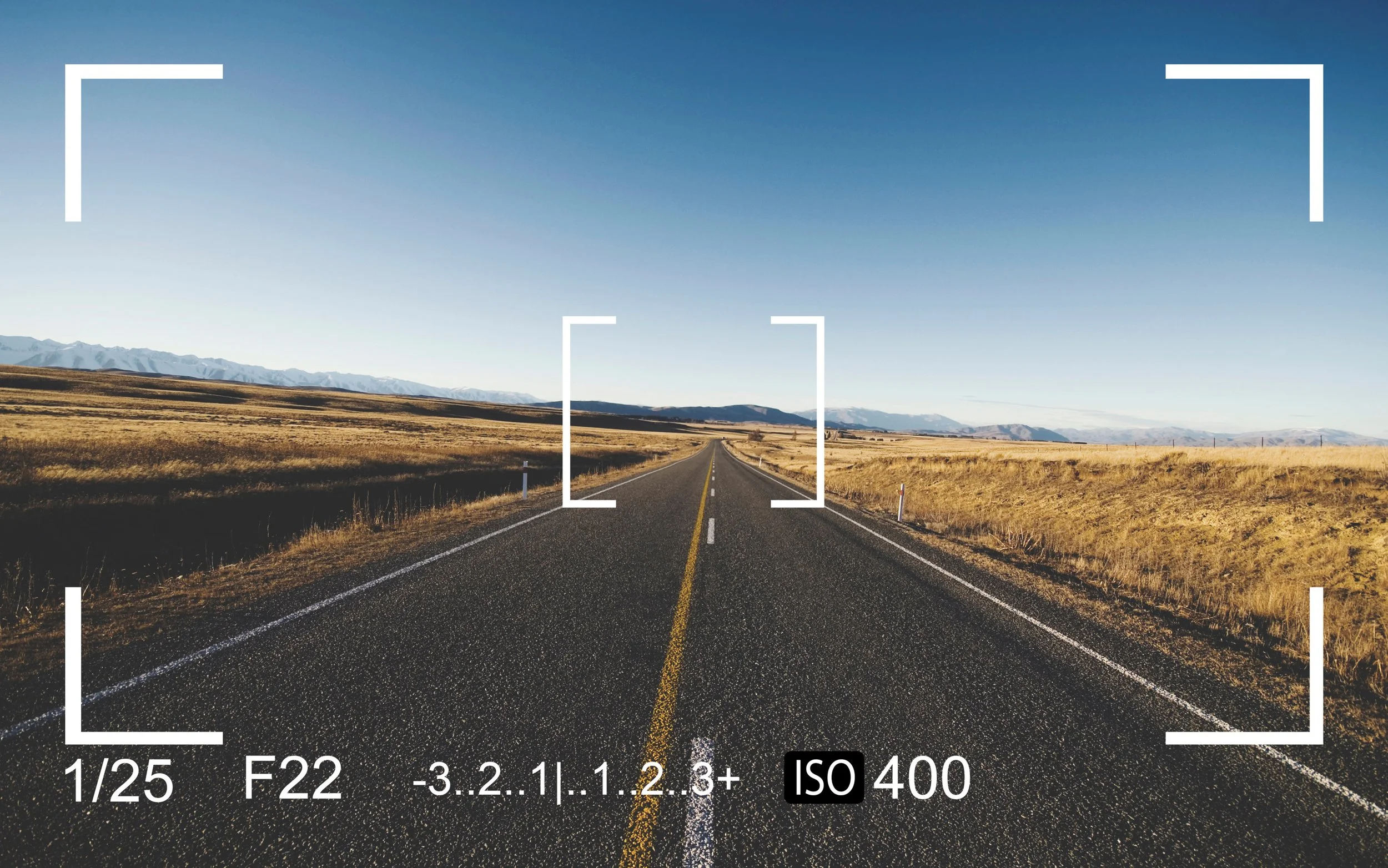Mastering Hyperfocal Distance: A Beginner's Guide to Achieving Perfect Focus in Landscape Photography
Landscape photography is all about capturing the beauty of nature and the world around us. However, as a beginner, it can be challenging to achieve the perfect focus in your photos. One of the most important concepts to understand when it comes to focusing in landscape photography is hyperfocal distance. In this blog post, we will explain what hyperfocal distance is, how it works, and how you can use it to achieve the perfect focus in your landscape photos. Whether you're a beginner just starting out or an experienced photographer looking to improve your skills, this guide will help you master hyperfocal distance and take your landscape photography to the next level.
What is Hyperfocal Distance?
Hyperfocal distance is the distance at which a lens can be focused to allow everything from half that distance to infinity to be in sharp focus. It is the distance at which the depth of field (the area in front of and behind the point of focus that is also in focus) is maximized. In other words, it is the point at which the lens is set to focus that allows for the greatest amount of the image to be in sharp focus.
Hyperfocal distance is the distance at which a lens can be focused to allow everything from half that distance to infinity to be in sharp focus.
Adobe stock
Why is Hyperfocal Distance Important for Landscape Photography?
In landscape photography, it's important to have a large depth of field, so that everything from the foreground to the background is in sharp focus. This is where hyperfocal distance comes in. By focusing at the hyperfocal distance, you can ensure that everything from half that distance to infinity is in focus. This allows you to capture the entire scene in sharp focus, from the closest elements in the foreground to the farthest elements in the background.
How to Calculate Hyperfocal Distance: Hyperfocal distance can be calculated using a simple formula or by using a hyperfocal distance chart.
The formula is: Hyperfocal Distance = (focal length)^2 / (aperture x Circle of Confusion). You can also use an app or a website that will do the calculation for you.
Using Hyperfocal Distance in the Field: Once you know the hyperfocal distance for your lens, you can use it in the field to achieve the perfect focus in your landscape photos.
Common Mistakes and How to Avoid Them:
Not using a tripod: A tripod helps keep the camera steady and ensures that the focus stays at the hyperfocal distance, even in low light conditions.
Focusing on the wrong distance: Make sure to focus precisely at the hyperfocal distance to get the best results.
Not taking into account the camera's sensor size: The sensor size affects the depth of field, and therefore the hyperfocal distance, so make sure to consider this when making calculations.
4.Not adjusting the aperture correctly: Aperture affects the depth of field, so make sure to adjust it correctly for your desired outcome.
Not considering the focal length of the lens: The focal length of the lens affects the hyperfocal distance, so make sure to factor this in when making calculations.
First, set your aperture to the desired setting (the smaller the aperture(bigger number), the greater the depth of field).
Next, focus on the hyperfocal distance. This will ensure that everything from half that distance to infinity is in sharp focus.
Hyperfocal distance is an important concept for landscape photographers to understand. By mastering hyperfocal distance, you can achieve the perfect focus in your landscape photos and capture the entire scene in sharp focus. Remember to calculate the hyperfocal distance for your lens and aperture, and use it in the field to get the most out of your landscape photography. With practice and time, you'll be able to master the art of hyperfocal distance and take your landscape photography to the next level.
I hope that you found it informative and helpful. As someone who struggles with dyslexia, I want to let you know that I used a writing tool called OpenAI's GPT-3 to assist in the creation of this piece. GPT-3 has been an invaluable resource for me, helping me to fine-tune my writing and express my thoughts more clearly. While I was responsible for the overall direction and content of the post, GPT-3 helped me to refine the language and make the writing more cohesiv.






Thinking about the Sony ZV-E10 II? After six months of use, I took it on a weekend getaway to test its photo and video capabilities. In this hands-on review, I share what I love, what I don’t, and whether it’s worth buying. Read more for real-world insights, pros & cons, and sample images!